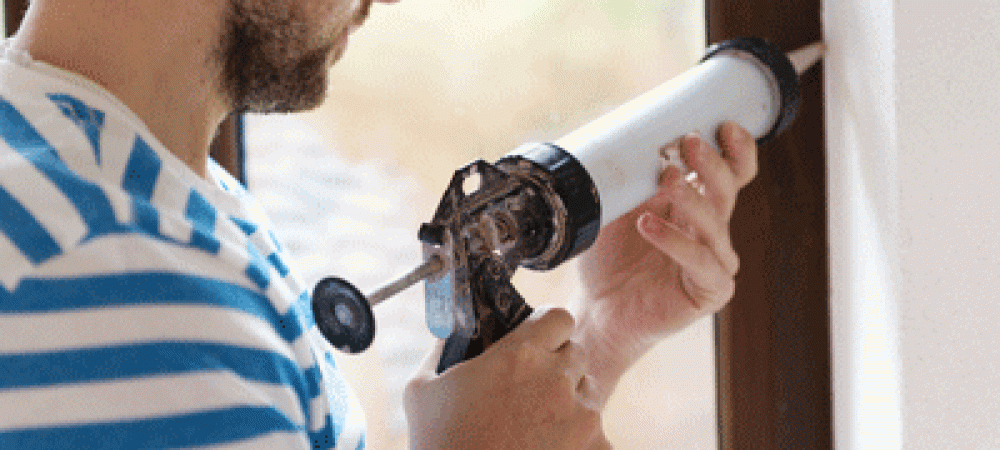How to Caulk Cracks to Prevent Spiders From Coming Through

There are a number of ways that you can attempt to keep spiders out of your home. From cleaning up your yard, to cleaning up the inside of your home, to enlisting the help of professional exterminators, there are many different approaches that you could take. However, the most effective and simple way to keep spiders out of your home is to make it impossible for them to find their way inside.
If you have any small spaces where spiders can squeeze their way in, they won’t hesitate to make their way into your home. This is why it’s important to do a very thorough walkthrough of your home to search for any cracks, gaps, or miniscule spaces where spiders might be finding an entry. If there are any tiny spaces where you can see sunlight coming in, that is a big enough space for a spider to waltz on inside. If these spaces are around windows and doors, you can install weather stripping and ensure that your screens are in good shape. In some cases, this will be enough to get the job done. However, if these cracks are elsewhere or the weather stripping isn’t cutting it, you will need to find another way to seal them up.
The best way to go about filling in a hole to prevent spiders coming in is to use silicone caulking. When choosing your caulk, it’s important to choose a solution that will keep out air and moisture over time, as these cracks and gaps may lead to other issues in addition to your spider problem. Acrylic caulking may eventually crack and shrink, so it’s in your best interest to stay away from this type.
You can purchase your silicone caulk at your local hardware store, and if you’re lucky you may even receive a bit of guidance on how to go about using it. If you don’t receive a personal tutorial, never fear. It’s a relatively simple process, and one that you can certainly DIY. The first step is to clean the surface by removing any old caulk, dirt, and loose particles. You will then use masking tape to create a straight edge around the crack to be filled. This tape will need to be removed immediately after caulking so that it does not remove the caulk once it has dried.
You can use a caulking gun or squeeze the caulking directly from the tube with your hands to install. No matter how you do it, it’s important to squeeze evenly throughout the process. You will need to use your finger or a caulk-smoothing tool to even out and smooth the caulk seal. And there you have it! After carefully cleaning the area and storing the remaining caulk, you are all done.
As you can see, caulking and filling cracks and gaps around your home to keep spiders at bay is a relatively simple process, and one that is essential to keeping your home spider-free. In addition, routine pest control services are an excellent way to deter spiders from making their way inside, even if they find an easy path. While the majority of spiders out there are quite harmless, there are a few to be concerned about. Keeping spiders out of your home is a great way to give you peace of mind that you and your family are safe from harm.
